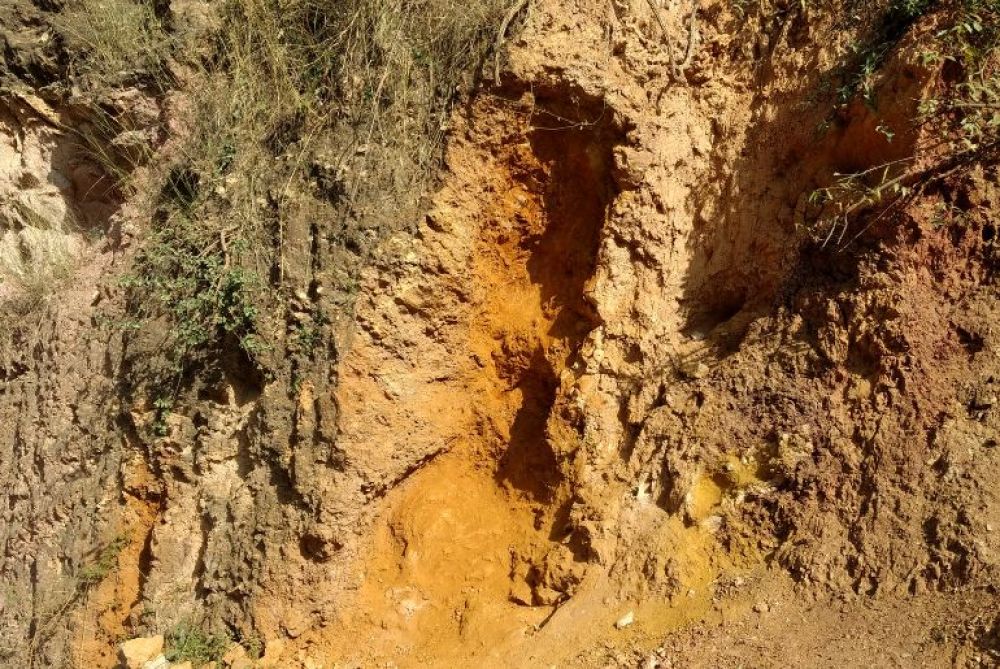

The region of Haldighati and Kumbhalgarh located in Rajasthan, India, is steeped in rich history, valor, and architectural splendor, attracting hordes of tourists from around the globe. This land tells tales of the brave Maharana Pratap and his loyal steed Chetak, and showcases the grandeur of fortresses that resonate with the past.
Haldighati is famously known for the battle of 1576 between the Mughal Empire and the Kingdom of Mewar. This location has been a significant tourist attraction due to its association with Maharana Pratap, the fearless Rajput king who fought valiantly in this narrow mountain pass. The term Haldighati means 'Yellow Valley,' named after its yellow colored soil which was compared to the color of turmeric (Haldi in Hindi). The picturesque landscape with its historic significance draws tourists who have a passion for history and heritage.
Kumbhalgarh is yet another feather in the cap of Rajasthan’s historical grandeur. It’s a Mewar fortress built in the 15th century by Rana Kumbha. Its strategic importance comes from its inaccessibility and the 36 kilometers long fortification walls, which are second only to the Great Wall of China. Kumbhalgarh Fort is a UNESCO World Heritage Site and holds a special place in the annals of history for being impregnable. It was only taken once in its entire history, and that too through deceit when water supplies were poisoned.
The historical significance of Haldighati and Kumbhalgarh inevitably laid the foundation for tourism in the region. However, it was only after the government took initiatives to promote Rajasthan as a tourist destination that these places began to receive actual footfalls. Recognition by UNESCO and the efforts by the Rajasthan Tourism Development Corporation have significantly helped in putting these historical sites on the tourism map.
In recent years, there has been a trend towards responsible tourism, where tourists are becoming increasingly aware of the environmental and cultural impact of their visits. Additionally, the trend of experiential travel has been rising, with travellers seeking to immerse themselves in local culture, history, and activities beyond the typical sightseeing tours. Kumbhalgarh and Haldighati offer a plethora of such experiences with their historical re-enactments, light and sound shows, and opportunities to explore the local Rajasthani culture.
The annual Haldighati festival and various activities in Kumbhalgarh fort, such as treks and heritage walks, continue to attract tourists, showcasing an innovative blend of history with tourism. The preservation efforts and the maintenance of these monumental treasures promise a sustainable and bright future for tourism in the region. The demand for such destinations that offer a deep dive into India’s regal past is only expected to grow, making Haldighati and Kumbhalgarh enduring gems in India’s tourism crown.
Today, Haldighati and Kumbhalgarh stand not only as testimony to Rajasthan's glorious past but also as symbols of the region's commitment to preserving its history while adapting to the changing dynamics of tourism.